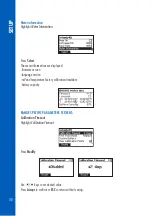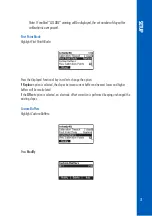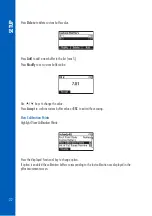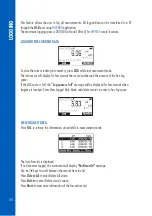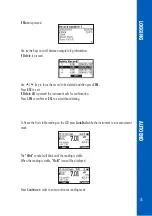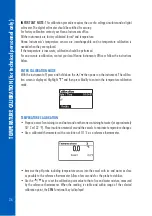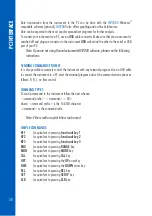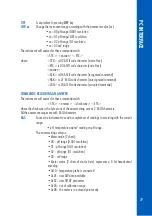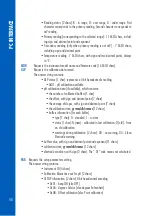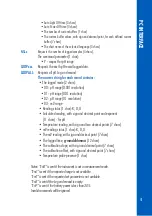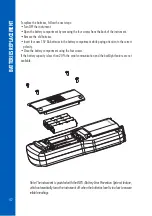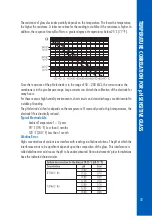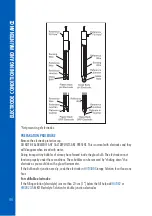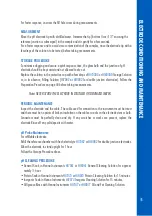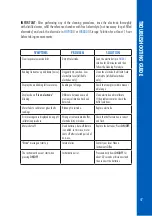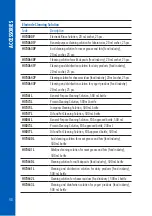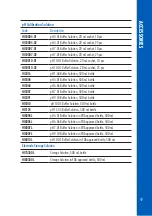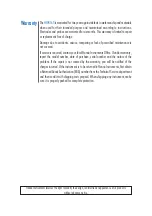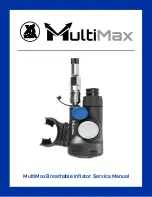
43
The resistance of glass electrodes partially depends on the temperature. The lower the temperature,
the higher the resistance. It takes more time for the reading to stabilize if the resistance is higher. In
addition, the response time will suffer to a greater degree at temperatures below 25 °C (77 °F).
Since the resistance of the pH electrode is in the range of 50 – 200 MΩ, the current across the
membrane is in the pico Ampere range. Large currents can disturb the calibration of the electrode for
many hours.
For these reasons high humidity environments, short circuits and static discharges are detrimental to
a stable pH reading.
The pH electrode’s life also depends on the temperature. If constantly used at high temperatures, the
electrode life is drastically reduced.
Typical Electrode Life
Ambient Temperature 1 – 3 years
90 °C (194 °F) Less than 4 months
120 °C (248 °F) Less than 1 month
Alkaline Error
High concentrations of sodium ions interfere with readings in alkaline solutions. The pH at which the
interference starts to be significant depends upon the composition of the glass. This interference is
called alkaline error and causes the pH to be underestimated. Hanna Instruments’ glass formulations
have the indicated characteristics.
TEMPERA
TURE CORRELA
TION FOR pH SENSITIVE GLASS


